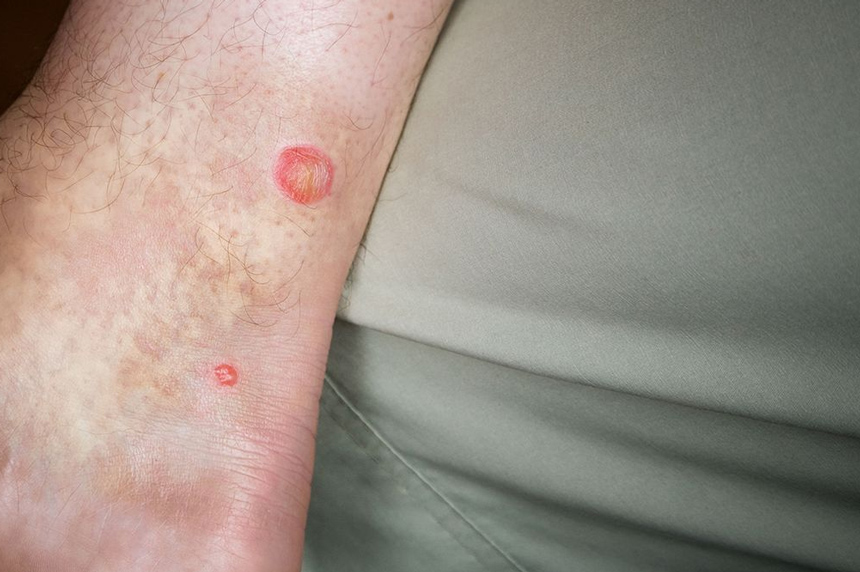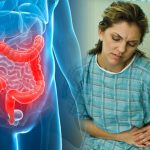Bee Stings

Bee stings instantly deliver a sharp pain, which subsides into a dull ache, leaving the area sore for days. The sting site typically shows a red bump with white around it, possibly accompanied by itching or heat. Previous bee stings can sensitize the body, causing an intense immune response to subsequent stings. This reaction, known as anaphylaxis, is life-threatening and requires immediate medical intervention. Symptoms of a severe allergy include difficulty breathing, hives, and rapid heartbeat. The Mayo Clinic advises that individuals with known severe allergic reactions to bee stings carry emergency epinephrine, such as an EpiPen, at all times.
Kissing Bug Bites

Kissing bugs, carriers of the parasite that causes Chagas disease can transmit the disease through their bites. These bugs tend to bite faces at night, potentially causing swollen eyelids. Early symptoms of Chagas disease may include fever and fatigue, which can seem innocuous but, without treatment, may progress to severe heart and digestive system complications years later. It’s estimated that in the U.S., about 300,000 people live with Chagas disease. Preventing kissing bug bites involves sealing cracks and gaps where the bugs can enter homes, using bed nets, and employing insecticides in and around the house.





